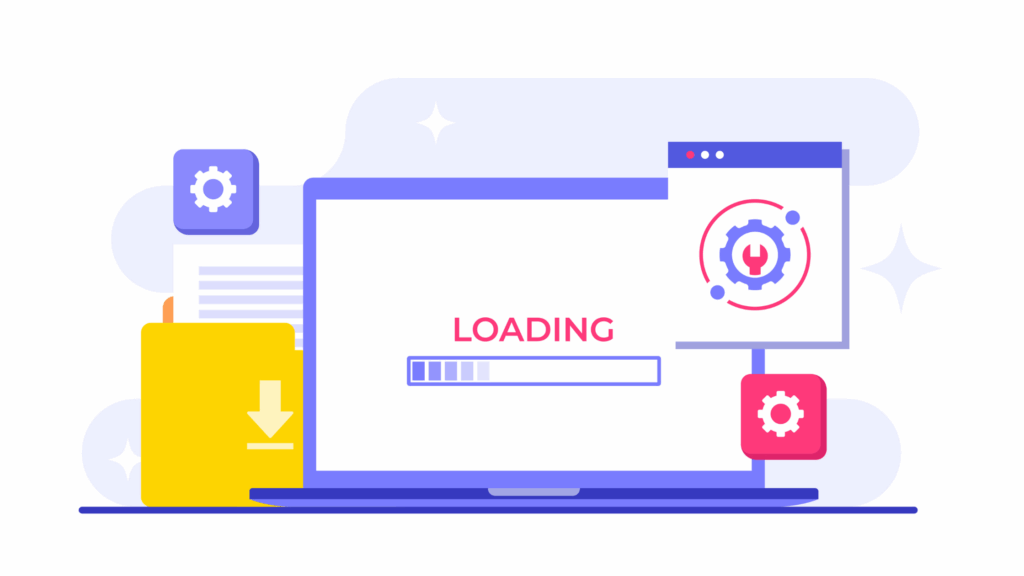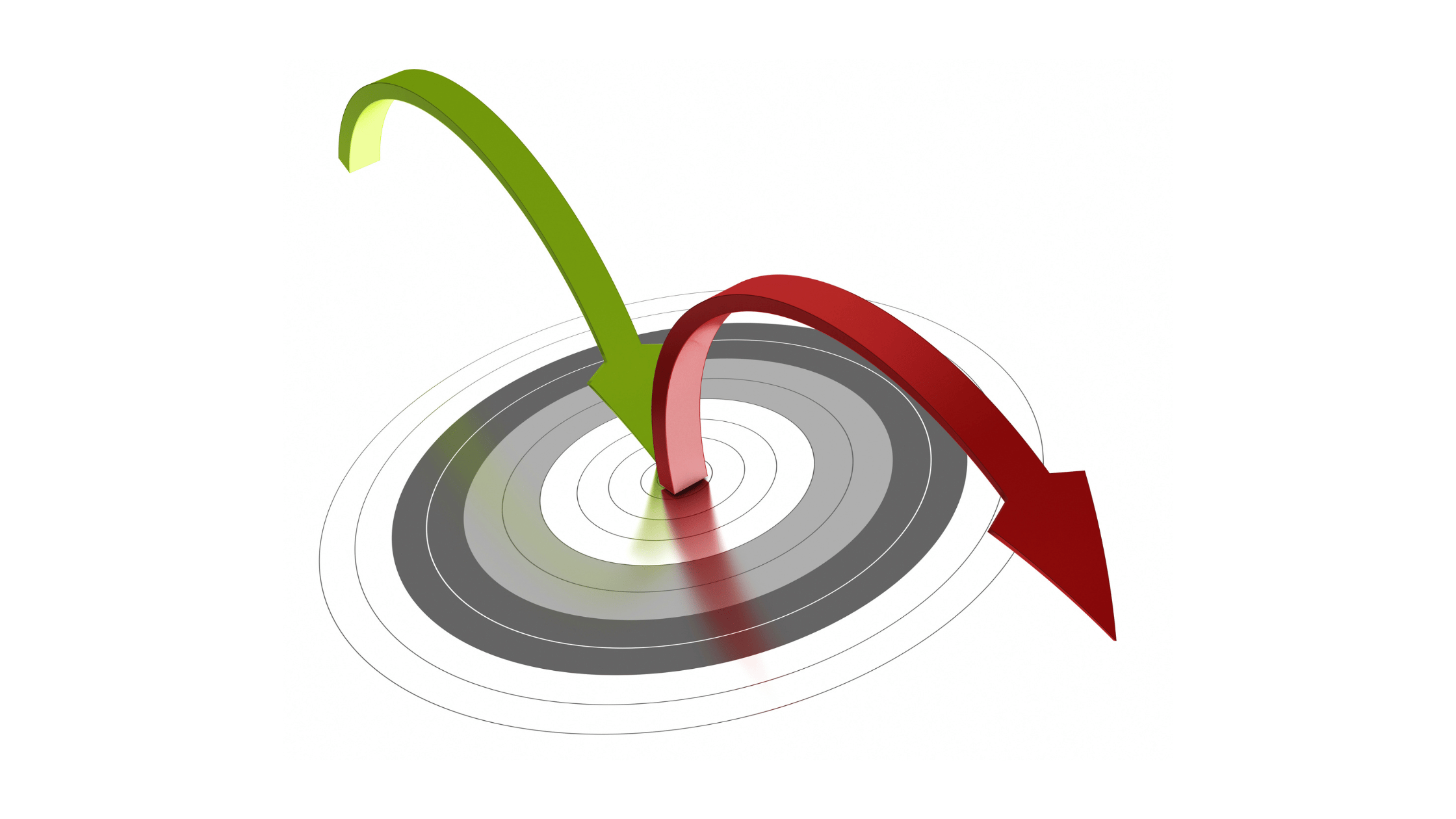Your website is your digital storefront, but if visitors are coming and going faster than you can say “climate-controlled storage,” you’ve got a bounce rate problem.
Bounce rate is the percentage of visitors who land on your site and leave without taking any action—no clicks, no sign-ups, no reservations. A high bounce rate means your potential customers aren’t sticking around, and that’s bad news for business.
So, what’s a good bounce rate? As a general guideline, a bounce rate of 40% or lower is considered good, while a bounce rate of 55% or higher is considered high and may indicate that it’s time for a website tune up.
But don’t worry—improving your self storage website doesn’t have to be a headache. StorSuite’s expertly designed websites keep visitors engaged and guide them toward conversion. Our marketing-driven approach ensures your site is not just visually appealing but also strategically optimized for results. By enhancing every stage of the customer journey—from the initial click to the final rental—we turn your website into a high-performing conversion machine.
Here are five simple fixes to keep your visitors engaged and clicking instead of bouncing.

1. Speed Things Up – Page Load Time Matters
Think about the last time you waited forever for a website to load (and by “forever,” we mean more than three seconds). Annoying, right? Well, your customers feel the same way.
According to Shopify, The average bounce rate for fast-loading pages of less than three seconds is 8%. At four seconds, the bounce rate jumps to 24%, according to one study. At five seconds, the bounce rate is 38%.
Easy Fix:
- Optimize your images – Use compressed images without sacrificing quality.
- Enable browser caching – This helps returning visitors load your site faster.
- Minimize HTTP requests – Reduce elements that slow your site down, like excess scripts and heavy plugins.
A fast-loading website keeps users engaged and on track to book that storage unit instead of bouncing to a competitor.
2. Make Navigation Effortless
If visitors can’t find what they need within seconds, they’ll leave. Simple as that. Clunky, confusing menus drive people away. An intuitive and clear navigation system keeps them exploring.
Easy Fix:
- Keep menus simple and logical – Don’t overcomplicate things with too many options.
- Use clear labels – “Reserve a Unit” is much better than “Check Availability.”
- Add a search bar – Let visitors find exactly what they need with ease.
A well-structured site helps customers get the information they need quickly, increasing their chances of booking a unit.
3. Be Mobile-Friendly – Because Everyone’s on Their Phone
More than half of all website traffic comes from mobile devices. If your storage website isn’t optimized for mobile, you’re missing out big time. A non-responsive site means frustrated users who will quickly leave in search of a competitor with a smoother experience.
Easy Fix:
- Using a responsive design – Your site should look great and function smoothly on all devices.
- Making buttons and forms mobile-friendly – No one likes pinching and zooming to fill out a form.
- Testing your site on different screen sizes – Ensure everything is legible and easy to use.
A mobile-friendly website isn’t just a nice-to-have; it’s essential for keeping users engaged.
4. Build Trust and Credibility
Would you book a storage unit from a sketchy-looking website? Probably not. People need to trust your business before they commit. If your design looks outdated or lacks security, customers will leave before even considering your services.
Boost credibility by:
- Displaying customer reviews and testimonials – Social proof builds trust.
- Adding security badges – Show visitors their information is safe.
- Keeping contact information visible – Make it easy for customers to reach you.
A professional and trustworthy website reassures customers that your business is the right choice.
5. Make Your Content Relevant and Calls-to-Action Clear
Your website should answer visitors’ questions quickly and guide them to the next step. If the content isn’t relevant, engaging, and actionable, they’ll bounce.
To improve content and CTAs:
- Use clear, concise, and helpful copy – Answer common questions up front.
- Have strong calls-to-action (CTAs) – “Reserve Your Unit Now” works better than “Learn More.”
- Break up text with headings and bullet points – No one likes giant walls of text.
Guide your visitors smoothly toward booking a unit, rather than leaving them wondering what to do next.
Bonus Tip: Regular Testing and Optimization
Your work doesn’t end after making these fixes. The digital landscape changes constantly, and so do customer behaviors. Regularly test your website’s performance with tools like Google Analytics to track bounce rates and identify problem areas.
Ways to continuously optimize:
- A/B test different CTAs, layouts, and images.
- Monitor loading speeds and fix slowdowns.
- Update content to stay fresh and relevant.
By consistently tweaking and improving your site, you ensure that customers keep engaging instead of bouncing away.
Conclusion
A high bounce rate is a sign that your website isn’t serving customers the way it should. But with a few strategic fixes—speeding up load times, improving navigation, optimizing for mobile, building trust, and refining content—you can transform your storage website from a revolving door into a customer magnet. Keep testing, optimizing, and adapting, and you’ll see more visitors converting into paying customers.
